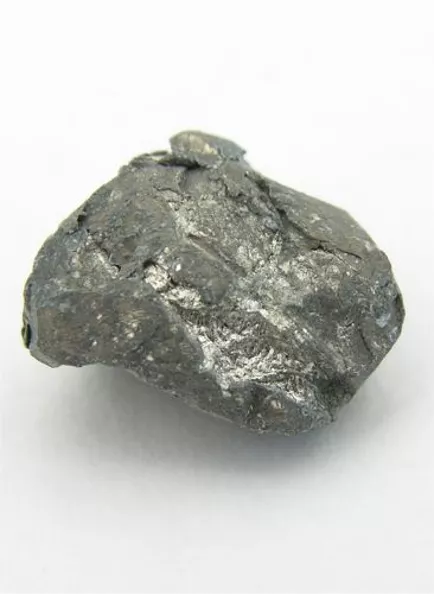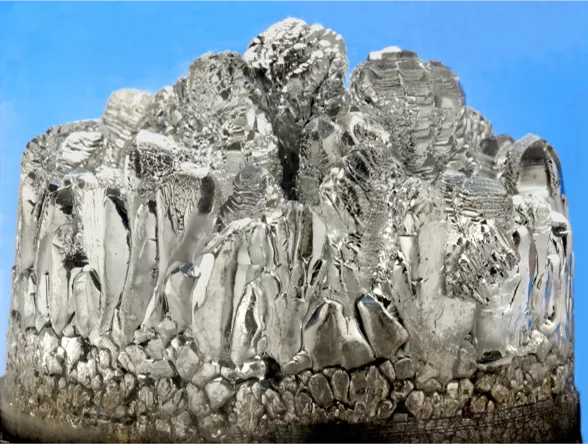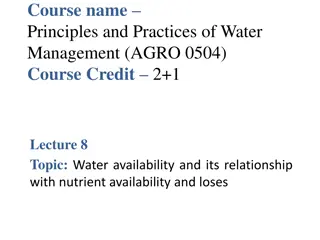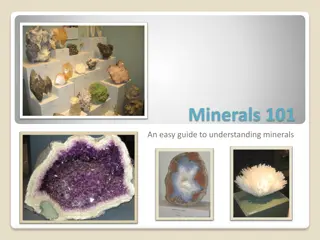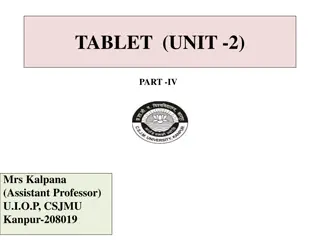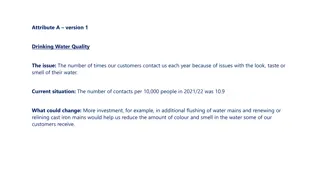Determination of Water Hardness using Chelatometry
Determination of total water hardness involving the presence of various metal salts such as Ca2+, Mg2+, Sr2+, and Ba2+. The process includes titration using Chelaton 3 and indicators like Eriochromium black T and Murexid to calculate the concentration of calcium and magnesium. The procedure involves preparing solutions, titrating samples, and analyzing color changes in indicators to derive the hardness levels. The outcome provides insights into the quality of drinking water in terms of hardness levels.
Download Presentation

Please find below an Image/Link to download the presentation.
The content on the website is provided AS IS for your information and personal use only. It may not be sold, licensed, or shared on other websites without obtaining consent from the author.If you encounter any issues during the download, it is possible that the publisher has removed the file from their server.
You are allowed to download the files provided on this website for personal or commercial use, subject to the condition that they are used lawfully. All files are the property of their respective owners.
The content on the website is provided AS IS for your information and personal use only. It may not be sold, licensed, or shared on other websites without obtaining consent from the author.
E N D
Presentation Transcript
Determination of total water hardness via chelatometry Kate ina Kochov , Richard Borsos
Our Task Determine the total water hardness in mmol/l Determine the content of calcium and magnesium in drinking water in mg/l.
Theory Water hardness is caused not only by Ca2+ and Mg2+ salts in the water, but Sr2+and Ba2+salts too. Water hardnes is determined via direct titration of volmetric solution chelaton 3 in the dampening ammonia solution using the Eriochromium black T indicator. Water hardness Water hardness in mol/l Very soft 0 - 0.7 Soft 0.7 - 1.4 Medium soft 1.4 - 2.1 Quiet hard 2.1 - 3.2 Hard 3.2 - 5.4 Very hard > 5.4
Tools and chemicals We used: titration flask, burette and pipette We also used Chaleton 3, Eriochromium black T, dampening ammonia solution, muraxid and sodium hydroxide
Procedure 1. At first we prepared 250ml of chaleton 3, then calculated the real concentration of chaleton 3 2. Pipetted 100ml of water sample into a titration flask After we added 5ml of dampening ammonia solution and smal amount of Eriochromium black T 3. Repeat three times. ????3+CO2+H2O Ca2++2HCO3-
Determination of Ca2+ To determinate Ca2+we titrated calcium by volmetric solution chelaton 3 using murexid indicator in the diluted NaOH at pH12 To 100ml water sample we added NaOH and indicator after, we titrate it by 0,05M chelaton 3 to blue-violet coloring At last we calculated the amount of Ca2+in mol/l and in mg/l. ??2++ ?2?2 ???2 + 2?+
Determination of Mg2+ We detrmined it by calculating the difference of consumption using Eriochromium black T and murexid
Results Titration with Eriochromium balck T: it s color changed from red wine to blue Titration with murexid: it s color changed from pink to purple
The End Thank you for your patience
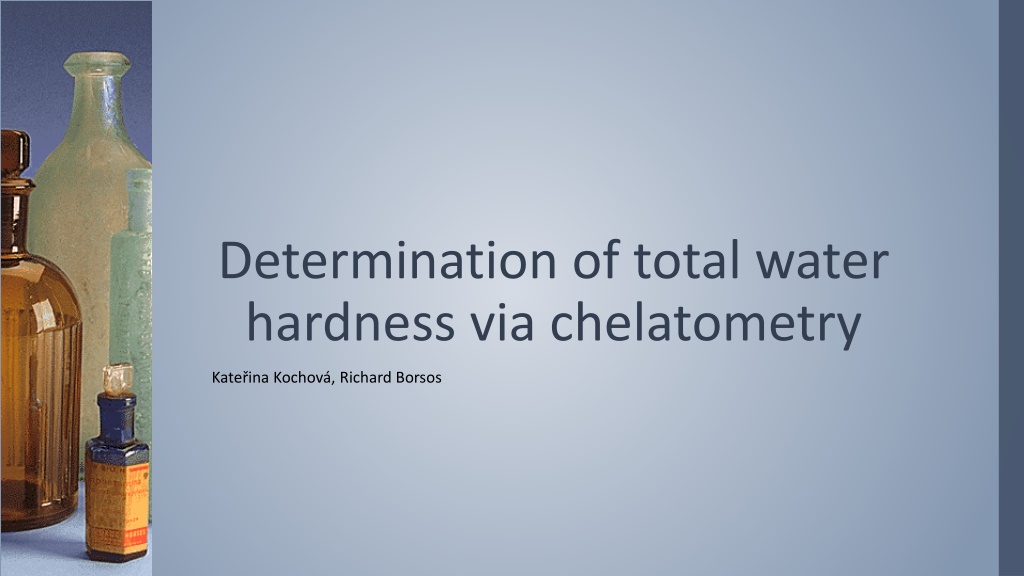
 undefined
undefined




